How the Best Organisations Measure Culture
Originally published by Culture Amp
Written by Didier Elzinga
At Culture Amp we work with over 2,000 companies, helping them measure and improve their culture. These organizations include some of the world’s most innovative businesses.
People often ask me how these leading companies think about measuring and improving their culture. I tell them there are four common differences that set apart how the best organizations approach measuring culture.
The best organizations understand that no two cultures are the same
Ask any company whether or not they have a culture of “excellence” and “teamwork” and they’ll claim they do. But you’ll be none the wiser if they’re building the next generation of VR applications in a Manhattan high-rise or breeding worms for compost in a bush nursery. Your organization’s values and culture can’t be described in a list of generic terms.
High performing companies can meaningfully describe the ideal culture and experience they want their people to have. Then they measure whether the reality reflects that culture and experience.
This means that everyone in the organization can answer questions like:
Why does the company exist?
What are our core values?
In his book, Delivering Happiness: a Path to Profits, Passion and Purpose, Zappos CEO Tony Hsieh describes how he cultivated a culture of happiness. “We had built a business that combined profits, passion and purpose,” he writes. “And we knew it wasn’t just about building a business. It was about building a lifestyle that was about delivering happiness to everyone, including ourselves.”
The best organizations focus on cultural consistency
The challenge for most organizations we work with is not that they have a “good” or “bad” culture. Instead, it’s that their culture is inconsistent across the organization. The challenge is to achieve a consistent and coherent culture that every part of the business can recognize and reap the benefits. It’s why we work to ensure people at Culture Amp feel they belong, no matter if they work in an office or remotely.
The best organizations go on to ask: “Is our unique culture reflected everywhere from the mailroom to the C-suite?”
IDEO believes creativity is a group activity, not an individual activity. So when IDEO measures culture, they measure whether everyone in the office, from accounting to ideation, feels they are in an environment in which they can contribute, and that their contribution is valued. They’re active in ensuring that the culture of group creativity permeates the entire organization.
The best organizations measure and observe the alignment between culture and behavior
Do individual behaviors support the culture being cultivated? High performing companies look at the standard measures everyone deploys, but they have a deeper understanding of how these measures are connected to the everyday behaviors of their people.
It’s a two-way loop: individuals see what is important to the organization by looking at what factors are being measured; knowing what the organization values and measures reinforce those behaviors.
For example, Walmart was born as a Culture First organization with a focus on frugality. Employees were expected to take ownership of expense control for anything within their authority, as though it were their own money. Behaviors Walmart expected of its people included reusing and recycling paper clips, envelopes and rubber bands, and writing on both sides of paper (there’s a good account of Walmart’s “cultural indoctrination” process here).
The best organizations treat cultural measurement as an ongoing process
For a long time, measuring culture was something that was done once or twice a year via an engagement survey. These surveys were a big, slow project that could take months to return results.
Instead of this project-based approach, high-performing organizations have a willingness to say: “This shouldn’t just be a project, this should be an ongoing activity that we build into the fabric of how we run the company.” They embed the way that they measure and improve culture into the existing cadence of their organization.
This means that a business on a quarterly cycle is now discussing people and culture data four times a year, at the same time as their budget and sales planning sessions.
The best companies cultivate commitment by employees to their business, their values, and their customers
They understand what makes their organization unique and ensure that these differences permeate throughout the organization. They measure the day-to-day behaviors of their employees and rigorously determine how they drive the success of the organization.
Culture First behaviors require substantial work to embed into an organization. They are an ongoing process that requires effort and commitment. But as these organizations continue to demonstrate, Culture First delivers substantial results.
Culture First isn’t always easy, but it is always worthwhile.

